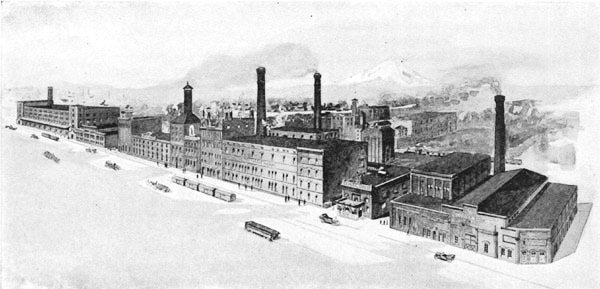Claussen-Sweeney Brewing
Co.

|
However, Rule & Sweeney's Puget Sound brewery had some tough, local competition from the long established Seattle Brewery, and the new Eagle Brewery, as well as, a number of San Francisco imports.
Puget Sound Brewery (1883-1888) The partnership of Rule & Sweeney lasted less than a year. On March 1, 1884, the Daily Seattle Post-Intelligencer reported:
With Rule's departure, Sweeney became the majority shareholder, and the firm was renamed E. F. Sweeney & Co., operating as the Puget Sound Brewery. By 1888 the plant was more commonly known as the Sweeney Brewery, so they dropped the name Puget Sound.
Claussen-Sweeney Brewery (1888-1893)
On November 1, 1888, a new corporation was formed with the plant's brewmaster, Hans J. Claussen,
joining Sweeney as a partner to establish the Claussen-Sweeney Brewing Company. The new firm was
capitalized at $80,000 with Edward Sweeney as president, and Hans Claussen
as secretary-treasurer. (See Claussen's
biography).
Late in 1889, an article appeared in Seattle Illustrated touting the newly formed "Clausen [sic] & Sweeney Brewing Co." and its product:
Since 1875, brewers were not allowed to bottle their product on site, so when this rule was rescinded (effective Jan. 1, 1890), Sweeney and Claussen pre-emptively incorporated the Washington Ice & Bottling Co. in Sept. of 1889, and was on line by January 1st. Their retail ice plant and beer bottling works was located on the south end of the Grant St. Bridge, across from the Bay View Brewery.
In January of 1893, Sweeney's brewery joined Albert
Braun's Brewing Assn. and Hemrich's Bay View Brewing
Co.
to form a new corporation - the
Seattle Brewing & Malting Co. (SBMCo).
Andrew Hemrich became president; Albert Braun, vice-president; Fred Kirschner, treasurer; and Edward
Sweeny, secretary. By the turn of the century the Temperance movement had gained strength, and the brewers attempted to distance themselves from hard liquor by touting beer as a beverage of moderation (as seen in the ad below). However, the ploy ultimately failed since beer was deemed equally responsible for anti-social behavior.
This view that brewers were responsible for society's ills must have also resonated with Sweeney's wife. In January 1906, E. F. Sweeney bowed to the moral imperative of Temperance (and the urgings of his wife) selling his holdings in SBMCo to the Hemrich brothers. The company was then restructured, with Andrew Hemrich remaining as president, and Louis assuming Sweeney's position of vice president and general manager. The company's main plant was now referred to as the Sweeney Brewery, or the Georgetown plant by insiders. The company continued to enlarge the facility and to significantly increase its brewing capacity. However, with the imposition of Prohibition, all production ceased. The company relocated to San Francisco, dismantling and shipping much of the brewing equipment to their new Rainier Brewing Company. There were plans to use the plant for commercial alcohol production, but ultimately it was only utilized for ice and cold storage. The brewery that, in 1915, was the sixth largest in the world and Washington's largest industrial complex would never be reopened.
Article by |
![]()
|
For any comments, additions,
or corrections -
All contents including images are copyright by BreweryGems.com |
![]()
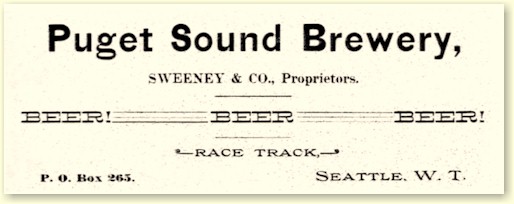
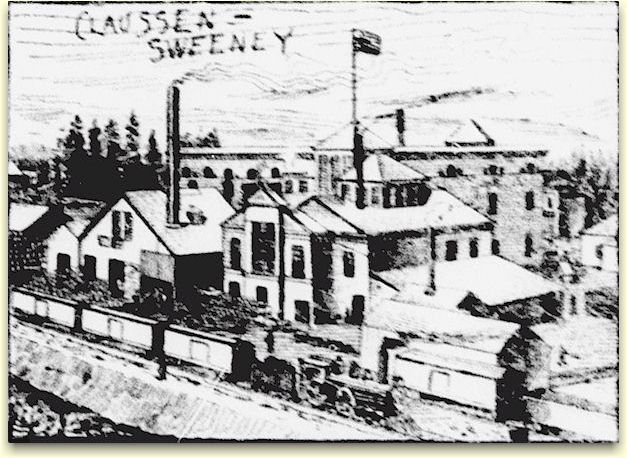

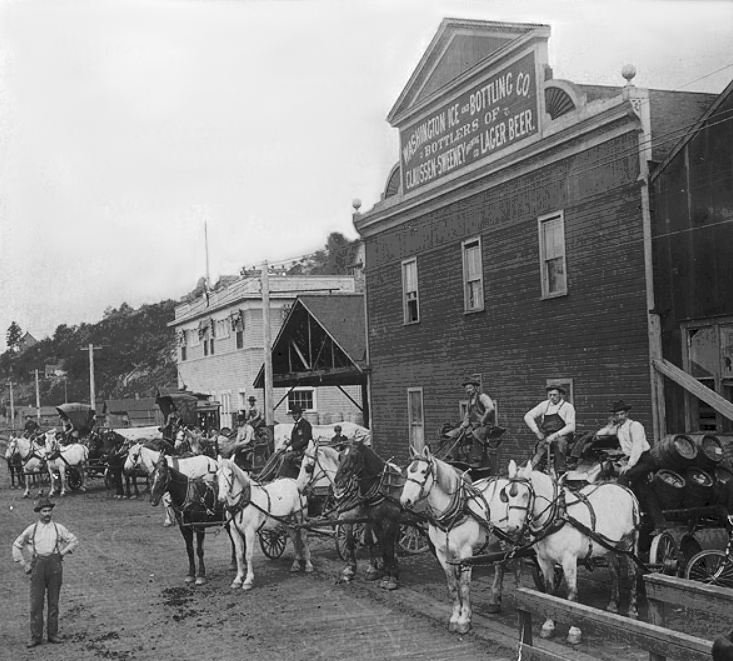

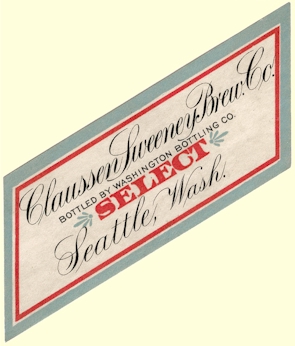
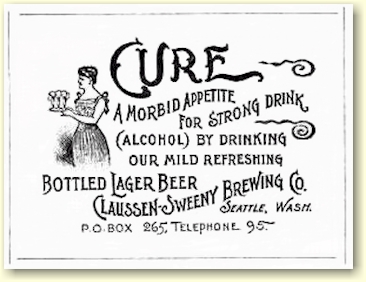 The
following excerpt was taken from a Temperance newspaper published by the
Anti-Saloon League:
The
following excerpt was taken from a Temperance newspaper published by the
Anti-Saloon League:
